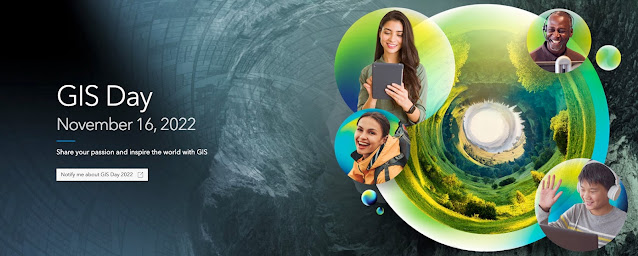GIS Day

GIS Day is an annual global event dedicated to celebrating and sharing Geographic Information Systems with the world. Since GIS Day isn't until November 16 this year, I decided to create my own event. The audience for this event will be my close friends and family because I oftentimes have difficulty concisely explaining what GIS is to them. This will be an informal gathering hosted at my friend Michael's house since he has a huge projector screen set up in his living room. This event would start off with an introductory video of a TEDx talk by Dan Scollon explaining what GIS is and how it is revolutionizing the way we view the world. I would then show some of my own examples of some really cool applications of GIS and explain some of the types of questions that GIS can help us solve. Finally, I would serve an amazing taco dinner!


